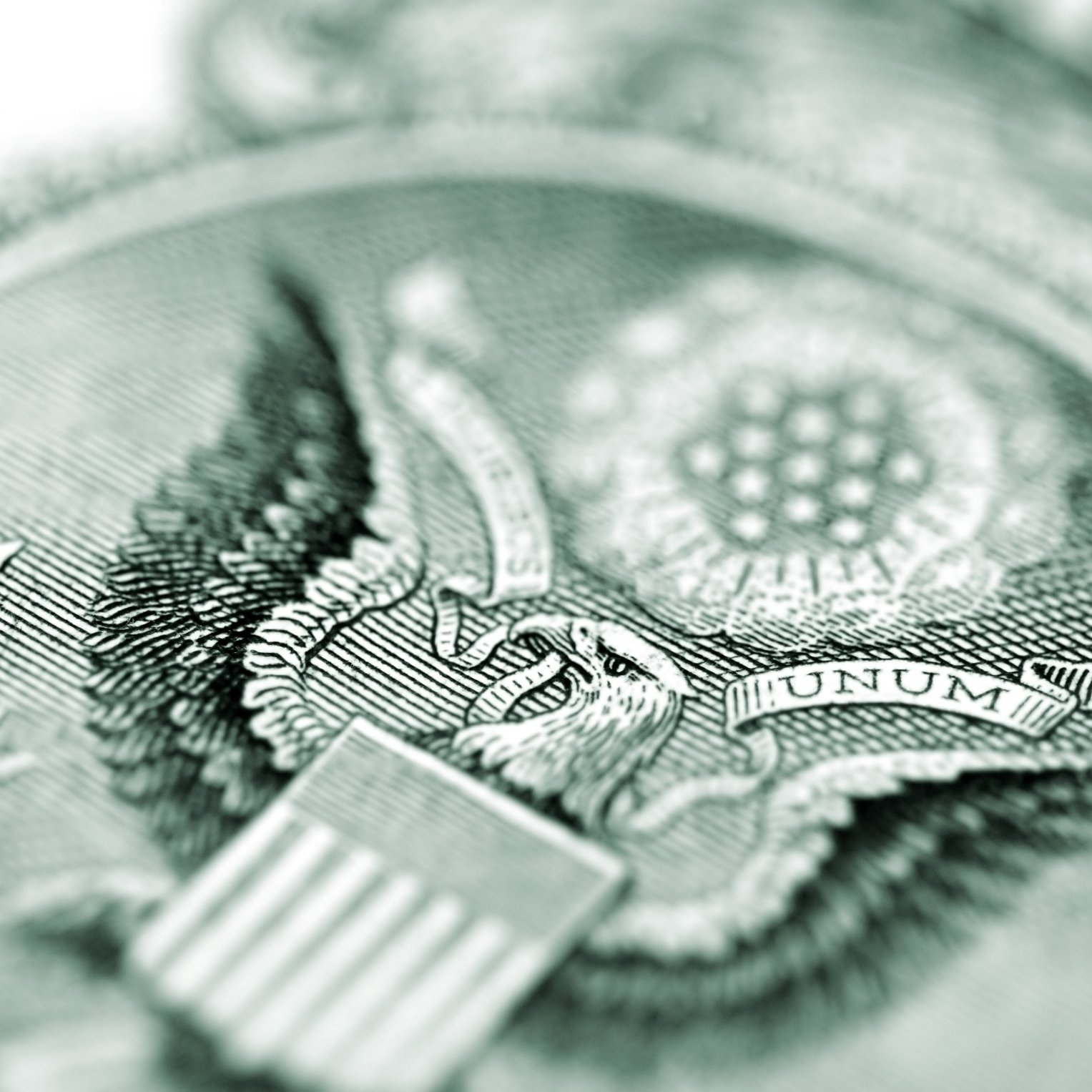Economy
Want to Know How Many Rate Hikes This Year? Watch the Dollar

Published:
Last Updated:

It seems that almost every other day now we are getting word of new opinions by various Federal Reserve officials regarding how many rate hikes there should be for 2016. Most recently is was the Federal Reserve Bank of Chicago President Charles Evans, who opined on April 5 that a “very shallow path” in interest rate hikes is the most appropriate.
A day before that, on April 4, it was Boston Fed President Eric Rosengren who sang a different tune. He said that the Fed should hike rates sooner and that futures markets for interest rates were underestimating the rate hike path. On Friday April 1, Cleveland Fed President Loretta Mester chose middle-of-the-road comments, saying she supported standing pat on rates at the last Federal Open Market Committee (FOMC) meeting but would be ready to hike rates soon. The Tuesday before that, on March 29, the Fed Chair Janet Yellen herself sounded a more dovish tone, saying that the Fed should hike rates “cautiously.”
While all these comments strike different tones, they all have one thing in common. All of them focus on economic data and a given official’s interpretation of it. That is, all of them all but ignore the dollar.
Besides setting up day traders with big opportunities stemming from large short-term swings in commodities and currency markets, these almost daily comments don’t serve much purpose. Any given comment by a Fed official can be ignored, because they are all focusing on the wrong thing. While economic data points here and there may give the Fed an excuse to raise rates by a quarter point or refrain from doing so at any given FOMC meeting, in the grand scheme of things, a quarter point hike or not does not matter.
In the end, it is really the dollar that will determine the ultimate path of rate hikes, and that mean much more than a quarter point here and there. As long as the dollar index stays relatively stable, the Fed may only hike between two and four times this year. Whichever one it ends up being doesn’t really matter. But if the dollar index starts to fall, economic data will be thrown out the window and the Fed will be forced to hike rates much faster than any official currently admits, even the most hawkish ones.
This might not happen for a while, but it did happen before in the late 1970s, from January 1977 until January 1981. In those four years, the Federal Reserve boosted the effective federal funds rate by 1,447 basis points, and it wasn’t because of fantastic economic growth or any confidence in the U.S. economy, by any stretch of the imagination. It was because the dollar was falling.
As long as the dollar index stays above the 80 to 85 range and inflation is low to moderate, Fed officials will continue to bicker about the pace of small 25 basis point hikes. But if either the dollar index or inflation gets out of hand, the hikes will have to be much bigger, and much faster, regardless of any economic data that comes in.
Take the quiz below to get matched with a financial advisor today.
Each advisor has been vetted by SmartAsset and is held to a fiduciary standard to act in your best interests.
Here’s how it works:
1. Answer SmartAsset advisor match quiz
2. Review your pre-screened matches at your leisure. Check out the
advisors’ profiles.
3. Speak with advisors at no cost to you. Have an introductory call on the phone or introduction in person and choose whom to work with in the future
Take the retirement quiz right here.
Thank you for reading! Have some feedback for us?
Contact the 24/7 Wall St. editorial team.